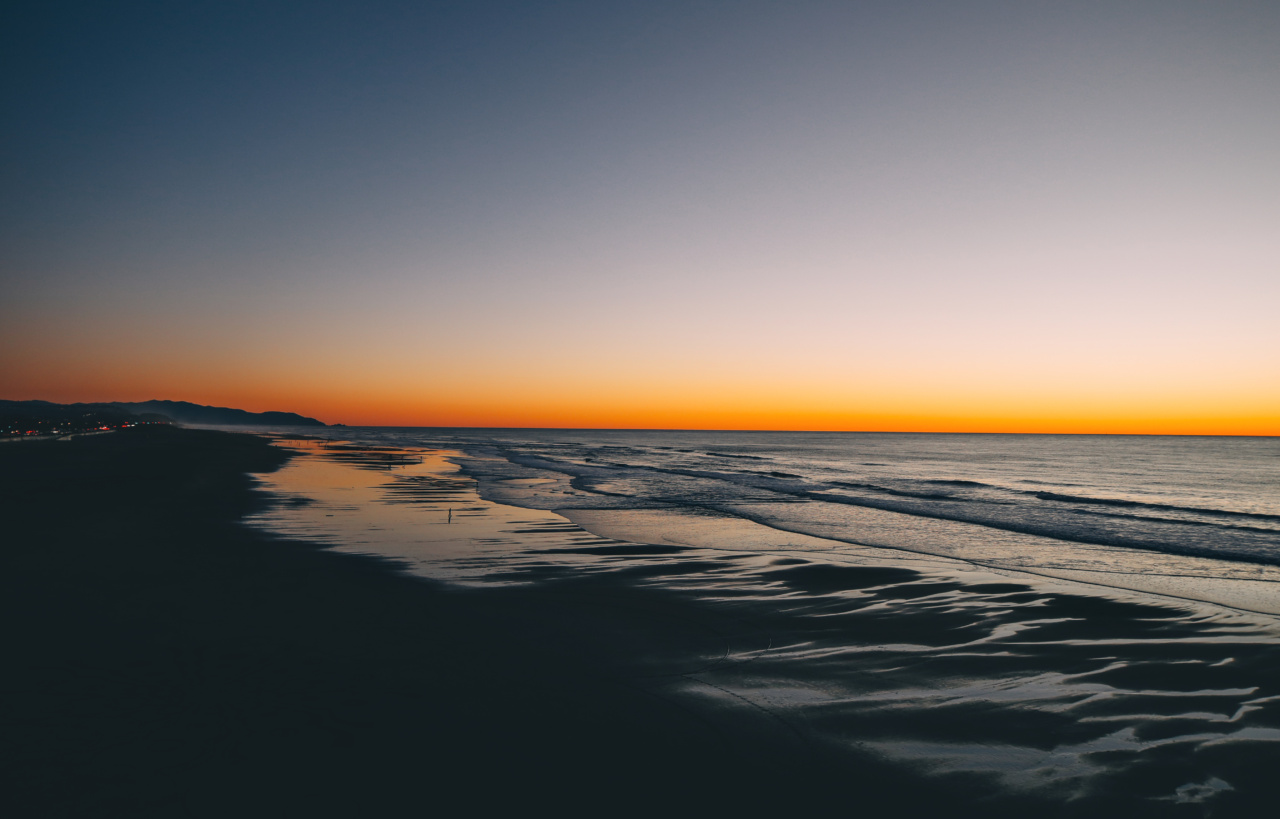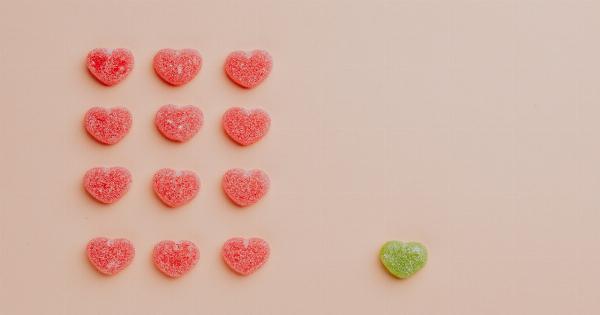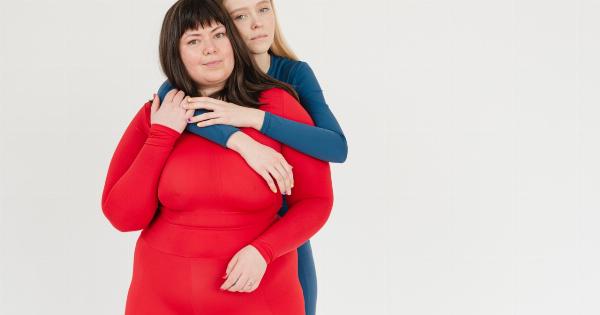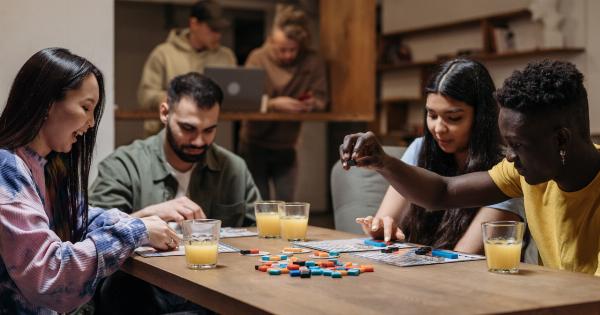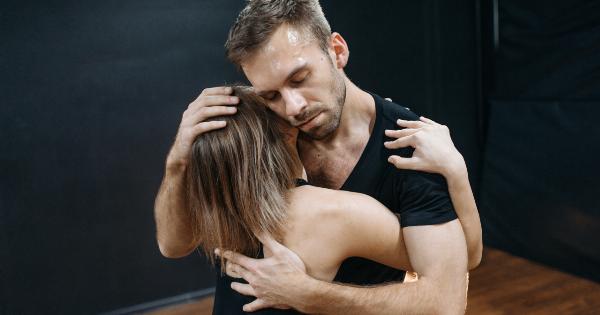Colors can have a significant impact on our mood and emotional well-being. They can evoke different feelings, such as happiness, sadness, excitement, and relaxation.
When it comes to creating a calming atmosphere, selecting the right colors can make all the difference.
The Psychology of Color
Before we dive into the question of the most calming color, it’s important to understand the psychology of color and how our brain reacts to different hues.
Color psychology is the study of how different colors affect our emotions, behavior, and decision-making. It suggests that each color has a unique impact on our thoughts and feelings.
For example, red is often associated with passion, excitement, and energy, while blue is linked to trust, loyalty, and calmness. Green represents nature, growth, and harmony, and yellow is associated with happiness and optimism.
The Most Calming Color
So, which color is the most calming? While there isn’t a definitive answer, many studies suggest that blue is the most relaxing color for our eyes and our minds.
Blue is a soothing and serene color that has a calming effect on the body. It’s also commonly associated with feelings of peace, tranquility, and stability, making it an ideal color for relaxation.
Research has shown that gazing at the color blue can lower our heart rate, reduce anxiety, and promote a sense of comfort and security.
In fact, many hospitals, dental offices, and therapy rooms use shades of blue to create a calming and peaceful environment for their patients.
Other Calming Colors
While blue may be the most calming color, it’s not the only color that can create a relaxing atmosphere. Other colors that are known to have a calming effect include:.
Green
Green is associated with nature and vitality, making it a popular choice for relaxation spaces. It’s also a great color for promoting restful sleep and reducing anxiety.
Grey
Grey is a neutral color that can create a calming and sophisticated atmosphere. It’s often used in minimalist and modern interiors to create a sense of tranquility and relaxation.
Pink
Although pink is often associated with femininity, it’s also a calming color that can soothe the nerves. Light shades of pink are particularly effective in promoting relaxation, making it a great color for bedrooms and meditation rooms.
Purple
Purple has long been associated with royalty, luxury, and spirituality, but it’s also a relaxing and calming color. It’s used in many spas and wellness centers to promote relaxation and reduce stress.
White
White is a clean and pure color that can create a sense of calmness and clarity. It’s often used in yoga studios and meditation rooms to create a calming environment.
The Importance of Personal Preference
While blue and other calming colors may have a positive effect on our emotional well-being, it’s essential to remember that personal preference plays a significant role in determining what colors we find relaxing.
Some people may prefer warm colors like yellow or orange, while others may find cool and muted colors like grey or lavender to be more calming.
It’s important to experiment with different colors and find what works best for your individual needs and preferences.
In Conclusion
When it comes to creating a calming environment, the color we choose can make a massive difference.
While blue is often considered the most calming color, other colors like green, grey, pink, purple, and white can also have a relaxing effect on our minds and bodies.
Ultimately, the most important thing is to select colors that reflect your personal preference and create a soothing atmosphere that helps you feel relaxed and at ease.
